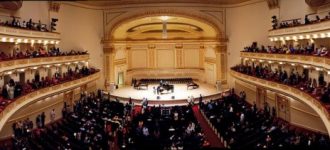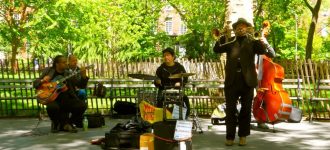The Great Gatsby was a beloved New York tale long before Baz Luhrmann reworked F. Scott Fitzgerald’s masterpiece for the screen in 2013. In fact, Gatz, a minimalist, theatrical 6.5-hour reading of the entire novel, sold out its run of performances…twice.
The story is indeed set in the Jazz Age (1920s) on Long Island, New York, and it revolves around the narrator’s encounters with Jay Gatsby and his infatuation with Daisy Buchanan, a woman from his past. It’s what we consider a must-read (in addition to some of the the other great books about New York City).
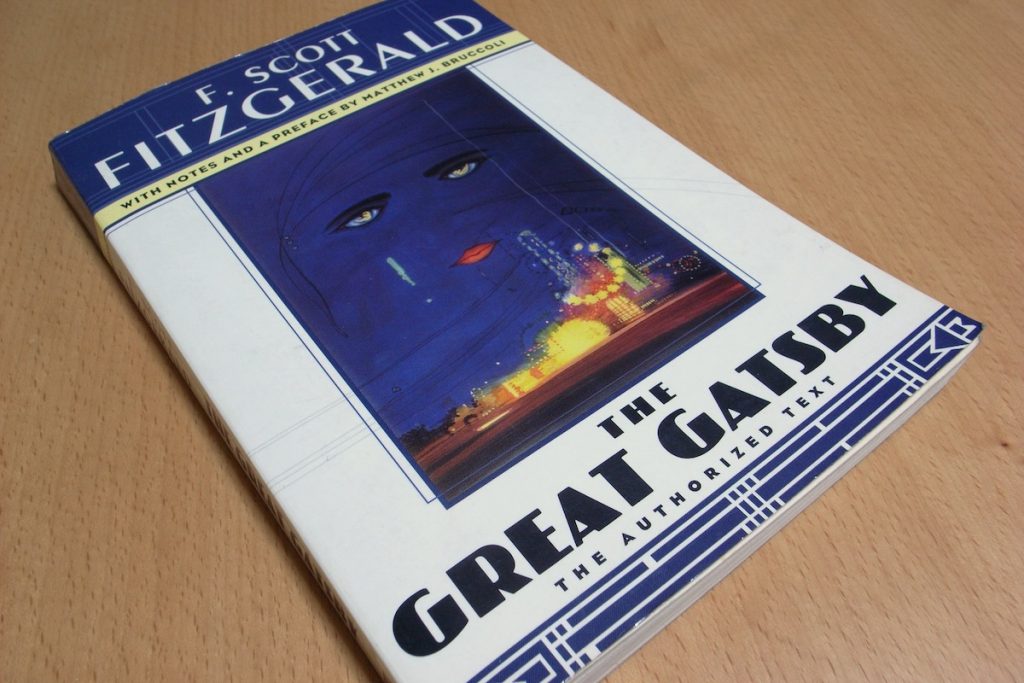
New York City’s role in The Great Gatsby
The Great Gatsby is set in real-life New York City and the surrounding areas. Gatsby, the Buchanans, and Nick Carraway live in East Egg and West Egg, Long Island (inspired either by Great Neck, or by Westport, Connecticut, where Fitzgerald lived briefly).
Nick, Tom, and Gatsby return to Manhattan regularly (if not daily) for work or “business.” And the revelers who converge on Gatsby’s parties are New Yorkers.
Gatsby’s particular mansion might be fictionalized. But lavish estates like his still exist in Long Island and the tri-state area. Wealthy New Yorkers continue to spend astounding sums on these status symbols, and Manhattanites still flock to the expensive, extravagant parties designed to both impress…and be featured in the press.
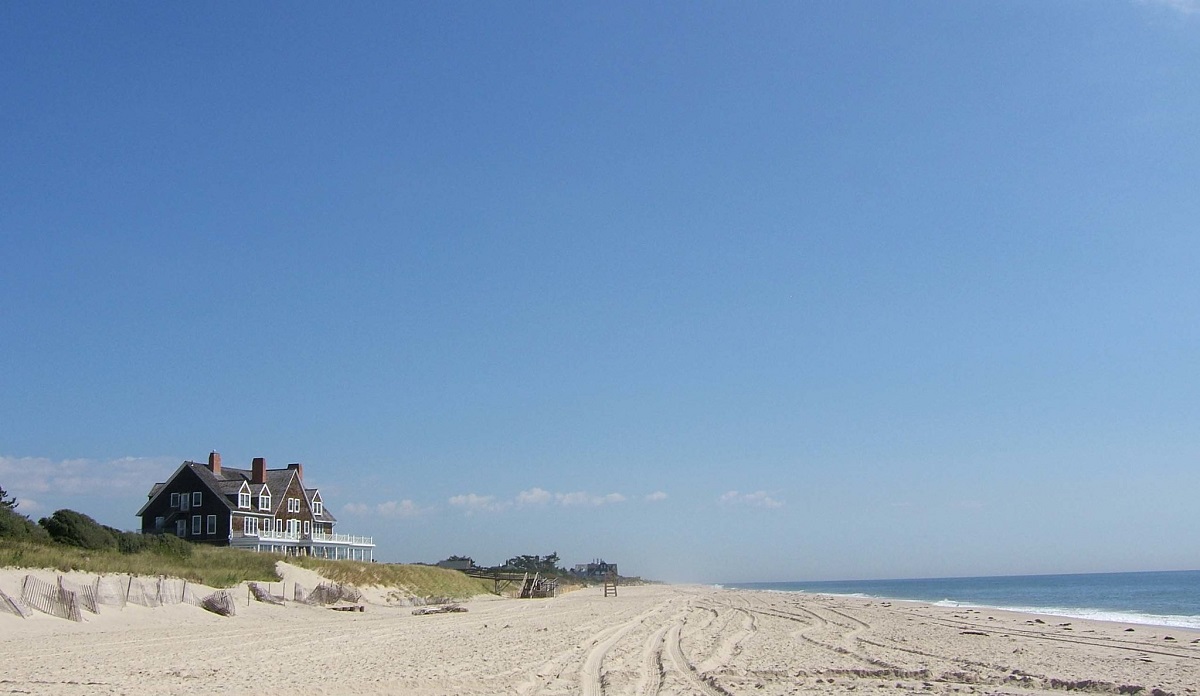
F. Scott Fitzgerald in New York City
Many of the novel’s key events take place within New York City. Fitzgerald lived in Manhattan, so he knew it intimately.
Scott and Zelda’s antics in NYC are legendary. They caroused at wild parties, rode on top of taxis on 5th Avenue, danced on tables at the Waldorf, and leapt into the Pulitzer Fountain outside the Plaza.
Even the act of riding a NYC taxi is part of his life and literature. “I remember riding in a taxi one afternoon between very tall buildings under a mauve and rosy sky,” Fitzgerald wrote. “I began to bawl because I had everything I wanted and knew I would never be so happy again.”
It’s unsurprising, therefore, that Fitzgerald used New York as the setting for his first three novels, and for many of his stories.
Fitzgerald crafted his New York Gatsby scenes with detail and eloquence. Here are the locations of some of his most famous scenes.
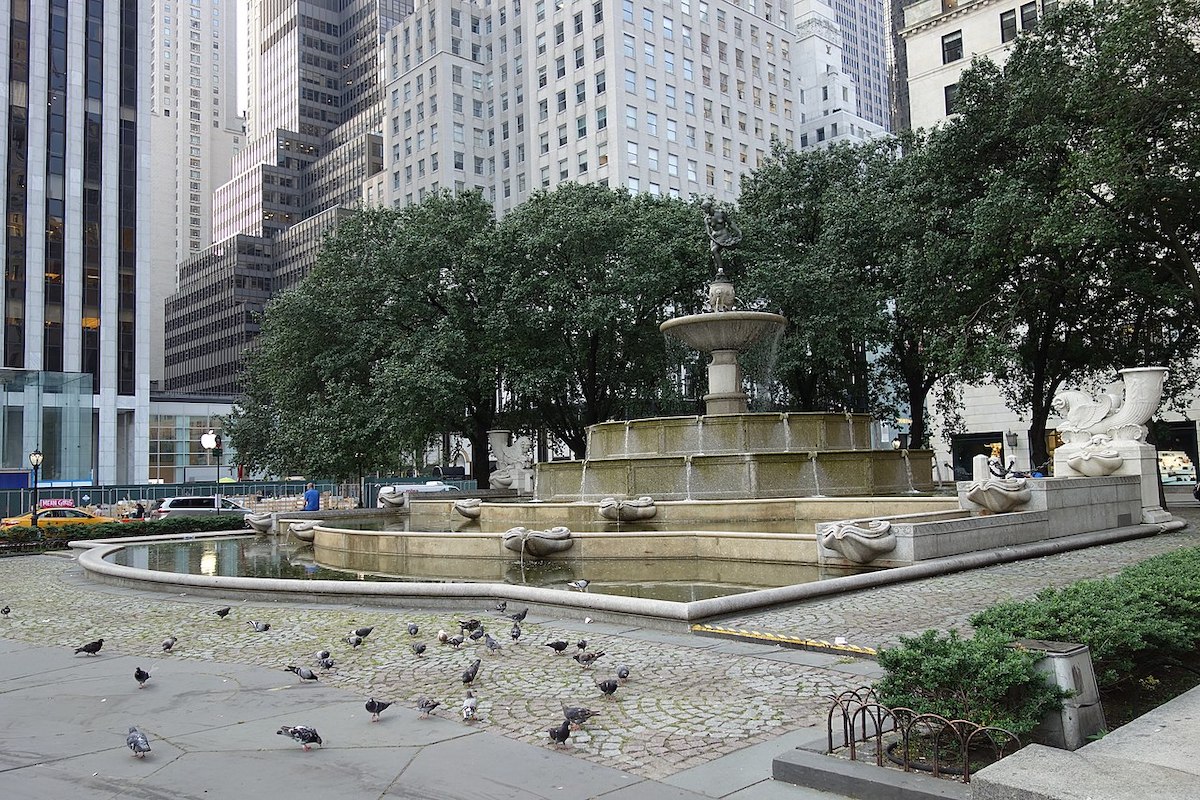
Where to find The Great Gatsby‘s most famous scenes in NYC
If you’re a fan of F. Scott Fitzgerald, The Great Gatsby, and the era where it was written, you can still walk around New York City and find yourself in the exact same spots where Gatsby, the fictional character, would’ve been, and Fitzgerald, the real individual, and famous writer, lived and partied.
The Queensboro Bridge
Sometimes called the 59th Street Bridge, this was the gateway to Manhattan for Gatsby and Buchanan. The story’s narrator, Nick Carraway, muses: “The city seen from Queensboro Bridge is always the city seen for the first time, in its first wild promise of all the mystery and beauty in the world.'”
Cross the bridge, as many times as you must, and ponder over this promise the novel mentions.
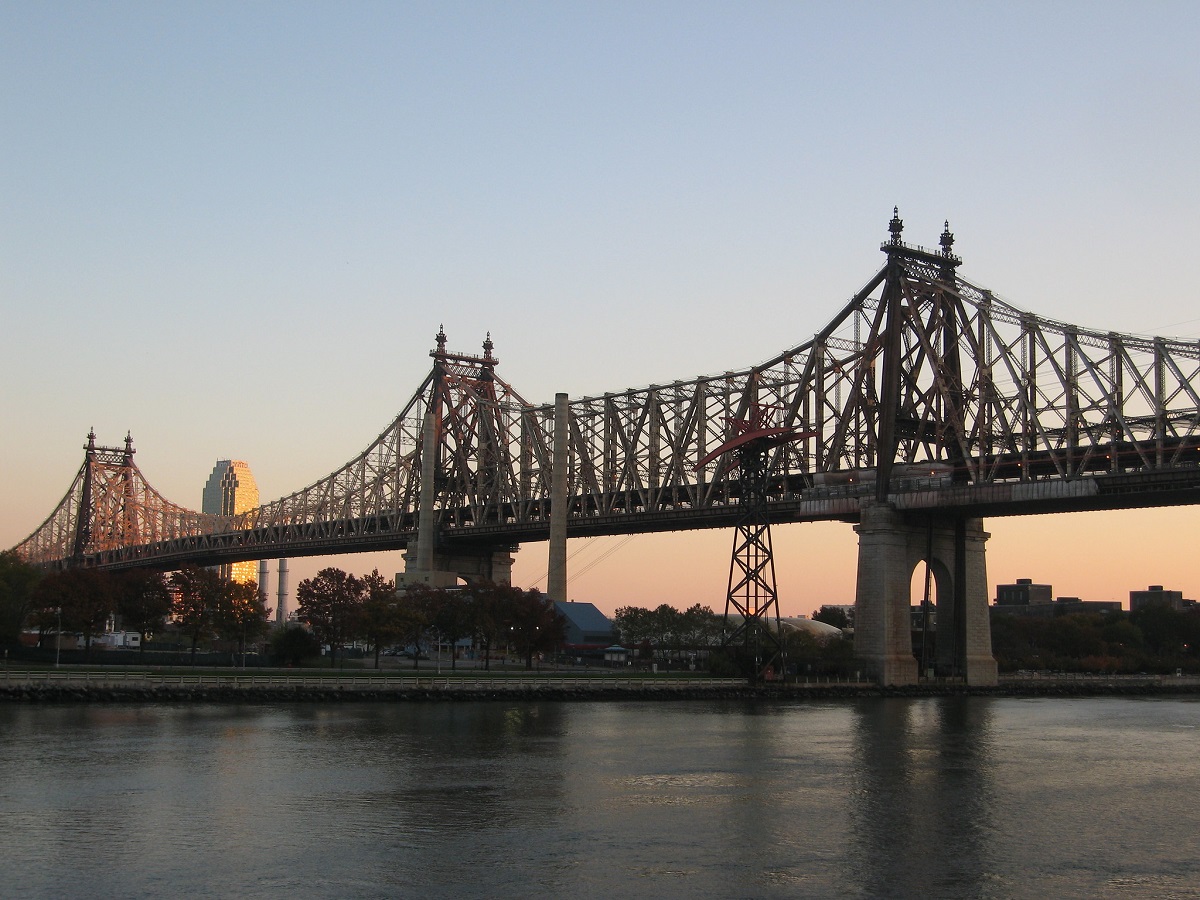
Financial District
Where Nick works as a bond trader. It’s described as “the white chasms of lower New York.”
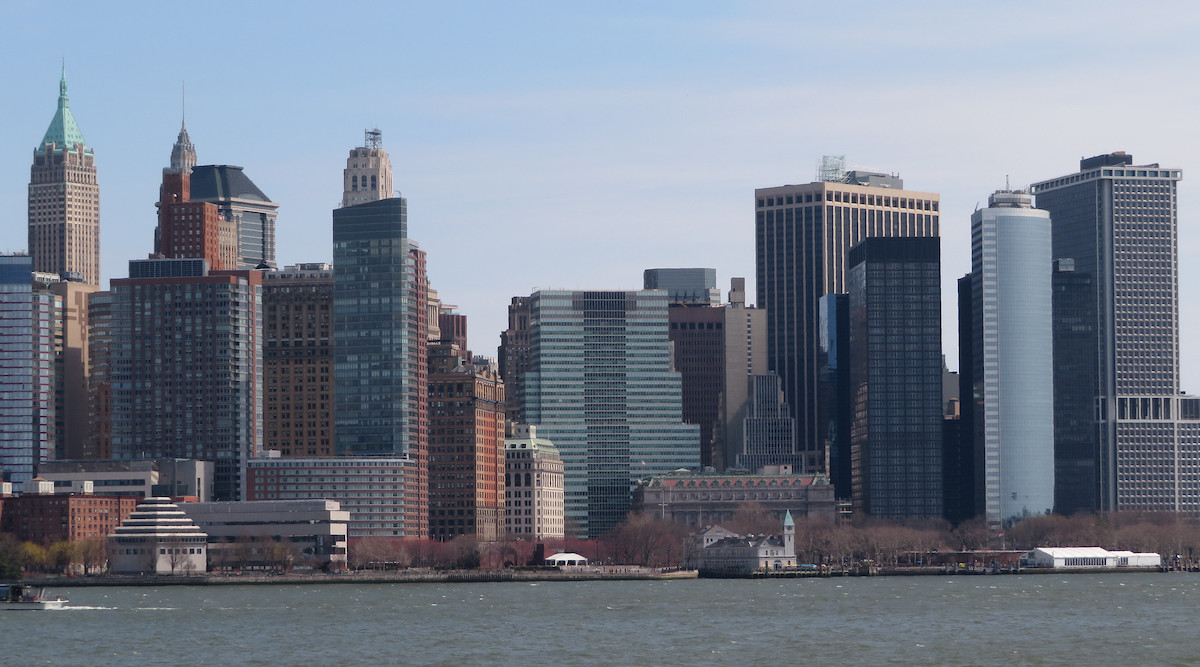
5th Avenue and Central Park
Nick and Jordan Baker enjoy a romantic drive through Central Park. Carry the book with you and see that not much has changed since then, or has it?
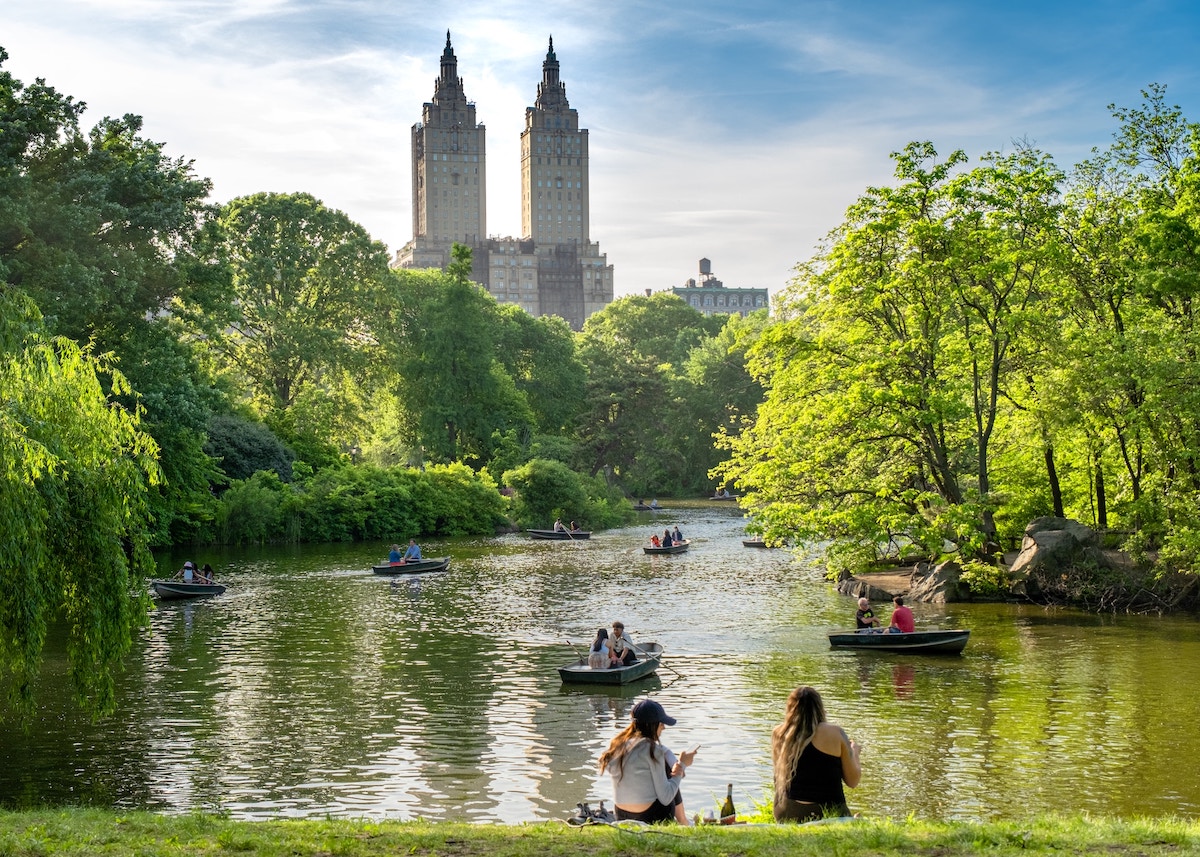
Midtown Manhattan
Nick describes his daily evening commute from the Yale Club (still extant beside Grand Central), down Madison Avenue, and west on 33rd Street to Old Penn Station (since he doesn’t have a sports car, this is his gateway to NYC).
Later, on a stifling summer day, Jordan suggests taking refuge in one of midtown’s movie palaces. She says, “I love New York on summer afternoons when everyone’s away. There’s something very sensuous about it—overripe, as if all sorts of funny fruits were going to fall into your hands.”
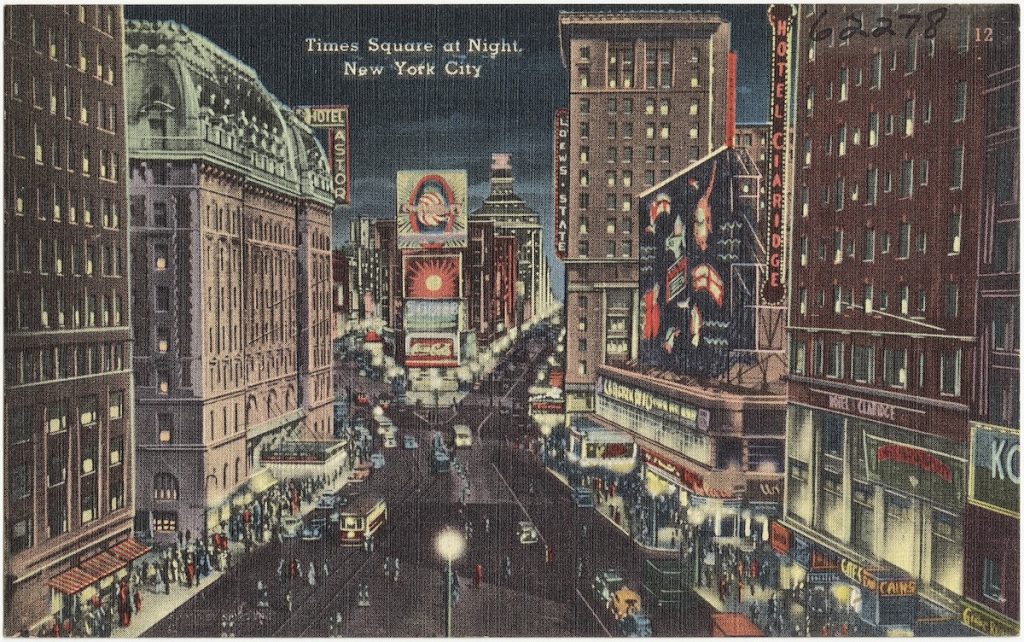
42nd Street
In a “Forty-second Street cellar,” Gatsby and Nick have lunch and run into enigmatic “businessman” Meyer Wolfsheim.
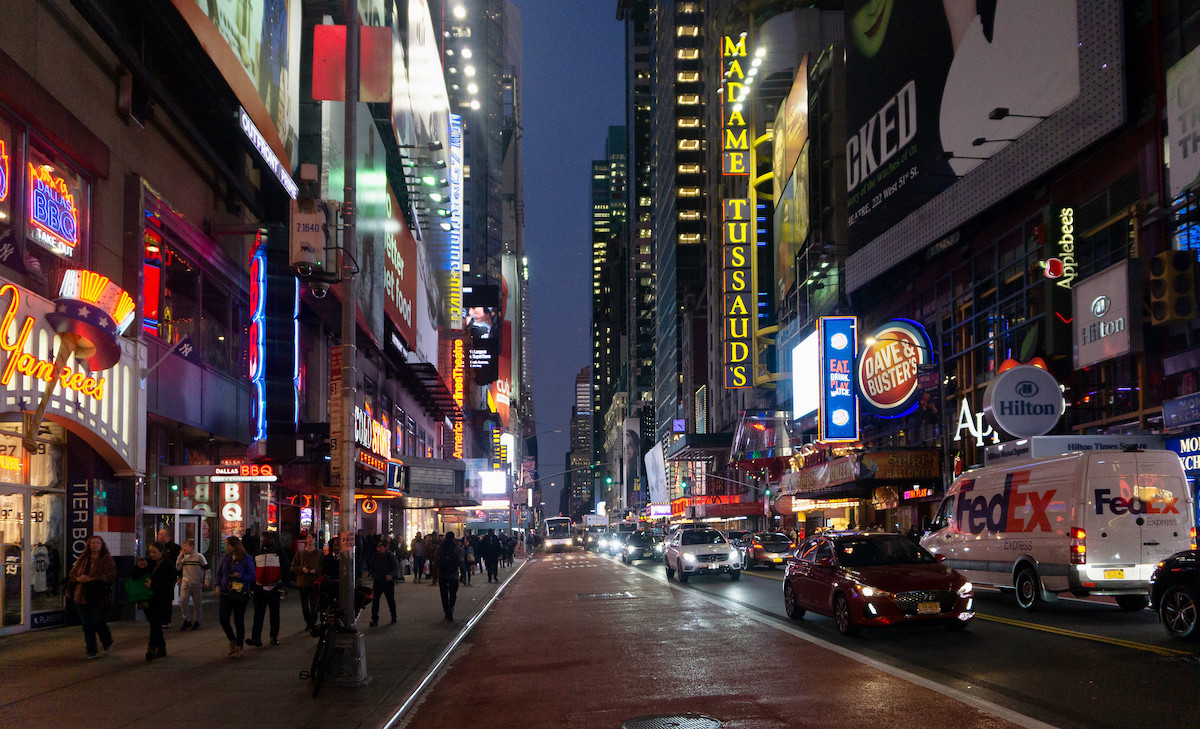
Washington Heights
This neighborhood is home to the W. 158th Street apartment kept by Tom for his assignations with Myrtle Wilson, situated in “a long white cake of apartment houses.” Fitzgerald knew the area well, since he lived on Claremont Avenue when he first came to New York, in 1919.
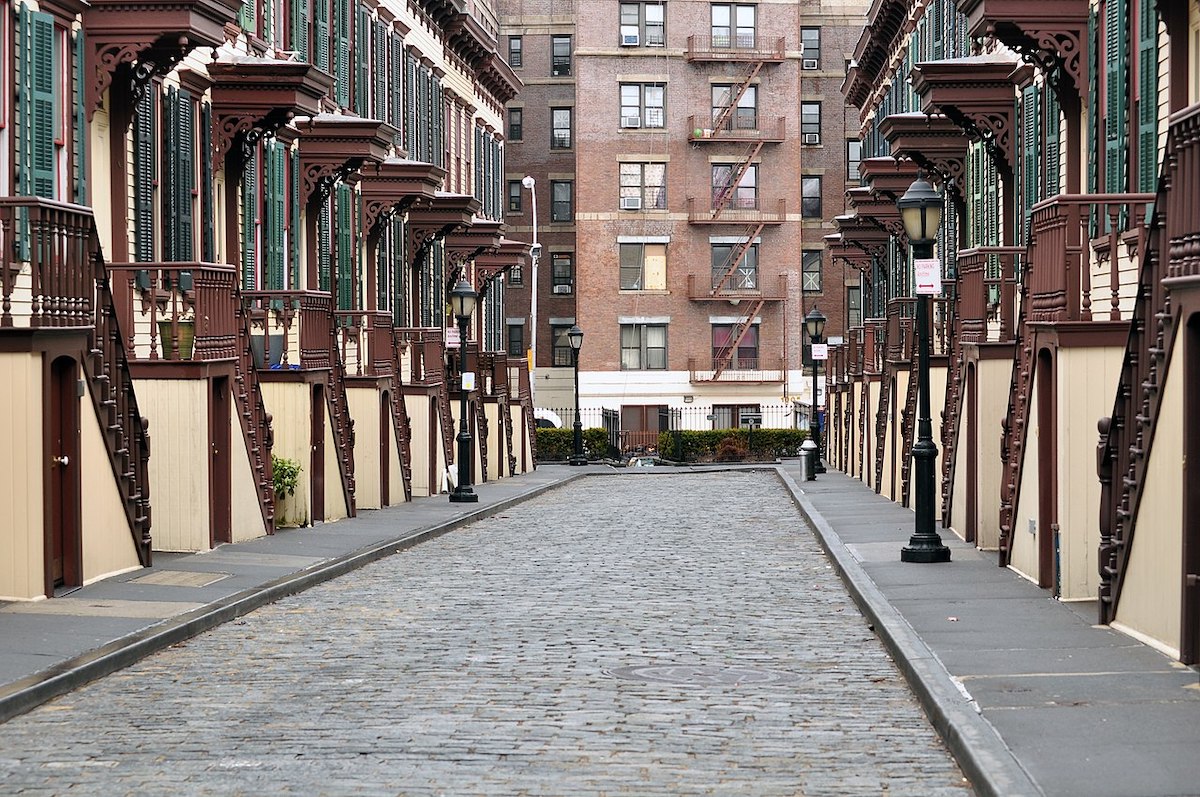
The Plaza Hotel
Nick and Jordan have tea there. Later, in a Plaza suite, Tom and Gatsby finally confront one another over Daisy, and the heated scene leads to the novel’s tragic conclusion. Fitzgerald knew the Plaza quite well, having frequented it often.
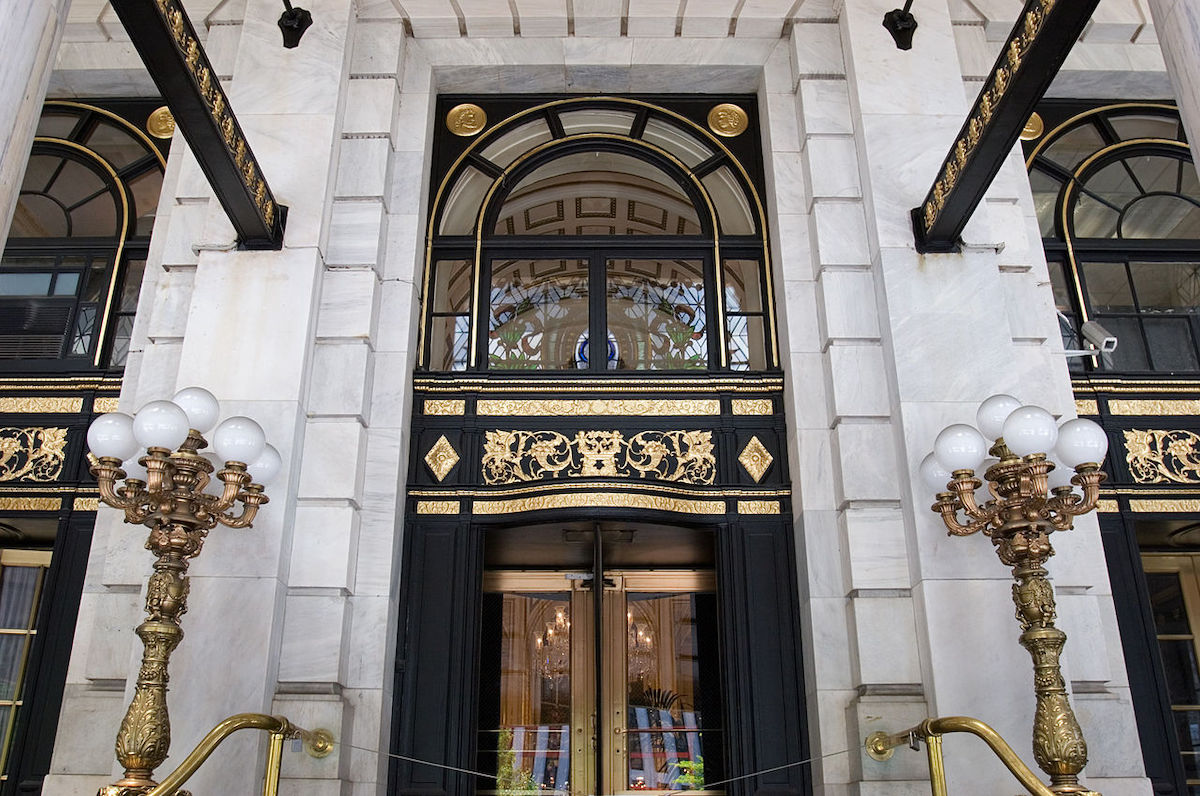
The “Valley of Ashes”
The bleak no-man’s land that is a void between lush East/West Egg and glamorous Manhattan. The Corona Ash Dumps, where the Wilsons lived, were piled with ashes from the city’s coal-burning furnaces.
In the next decade, Robert Moses would transform the area for the 1939 World’s Fair. Today, it’s the site of Shea Stadium and Flushing Meadows-Corona Park.
Insider’s Tip: New York is definitely a walking city, but finding the perfect route can be a bit daunting. Check out our Walking Guide to NYC’s Neighborhoods to help you plan your day and make the best out of your visit.
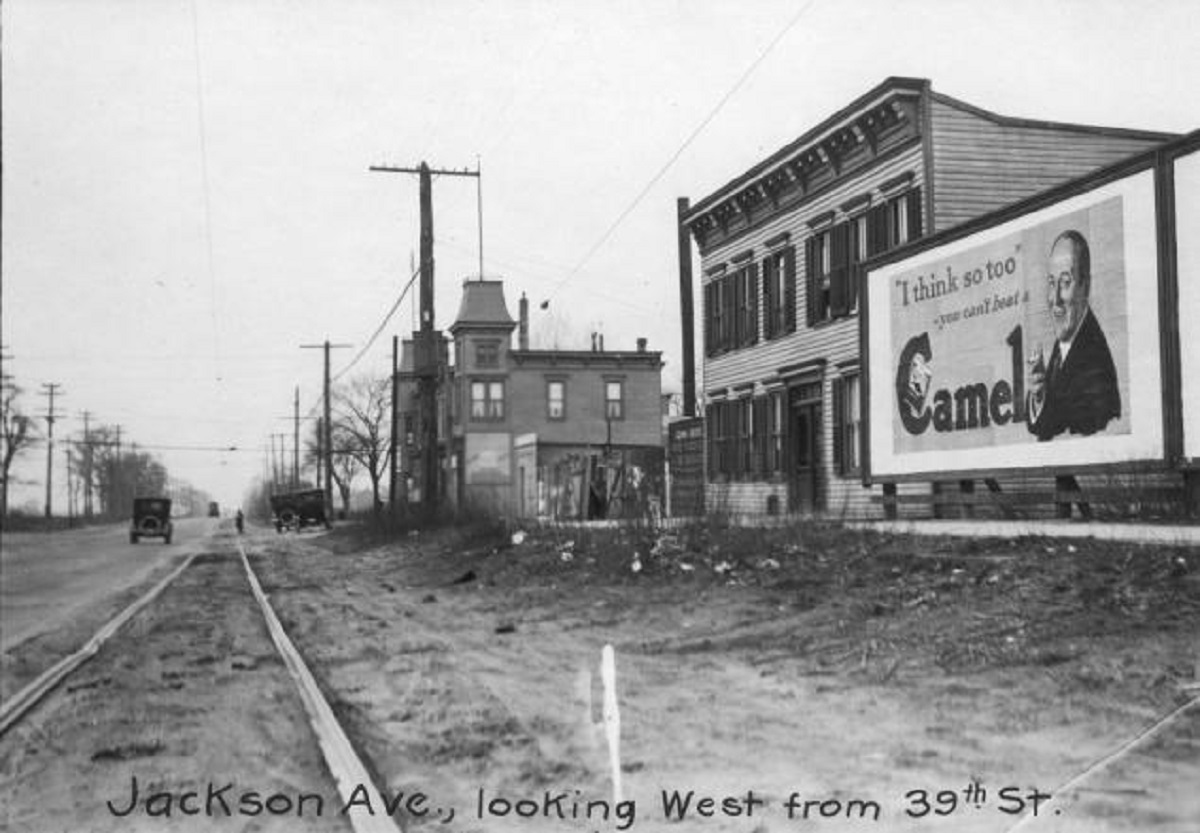
New Yorkers inspired The Great Gatsby‘s characters
Along with the novel’s locations, its characters are, of course, rooted to New York. If you’re visiting the city, why don’t you look for these characters who some people consider archetypes of New York.
The anonymous pleasure-seekers
The people who crowd Gatsby’s parties. You can still see them around New York: They spend considerable time and money on traversing the velvet ropes of the city’s trendiest clubs, hoping to get “in with the in-crowd.”

Tom and Daisy Buchanan
Wealthy, entitled New Yorkers that sound like, well, Wall Street denizens sipping champagne and laughing at a protestor’s demands for financial accountability, feeling above the law. Your typical Wolf of Wall Street.
Nick notes, “They were careless people, Tom and Daisy—they smashed up things and creatures and then retreated back into their money or their vast carelessness or whatever it was that kept them together, and let other people clean up the mess they had made.”

George and Myrtle Wilson
Working-class New Yorkers, living in harsh conditions and struggling to survive. They have little education or opportunity to better their lives. Both dream of escaping their lot, and Myrtle will go to desperate lengths to taste the finer things in life.
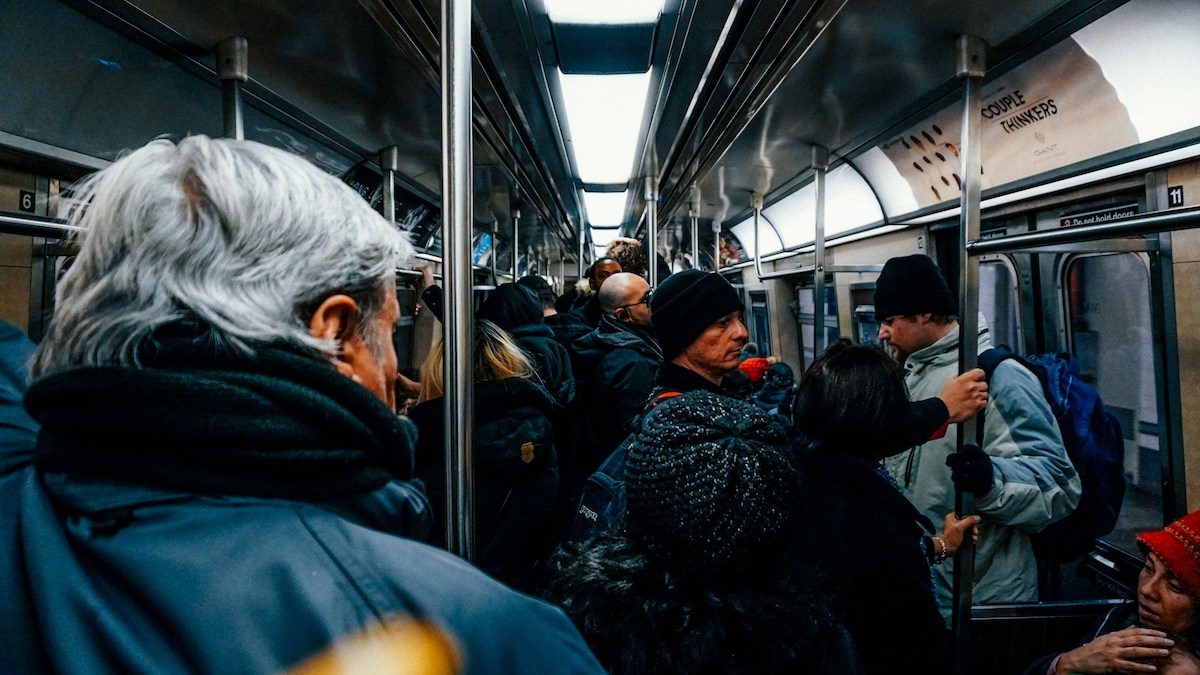
Nick Carraway
A great example of New Yorkers who feel like outsiders. Present, yet observing; amongst a crowd, yet isolated.
Nick says: “At the enchanted metropolitan twilight I felt a haunting loneliness sometimes, and felt it in others.”
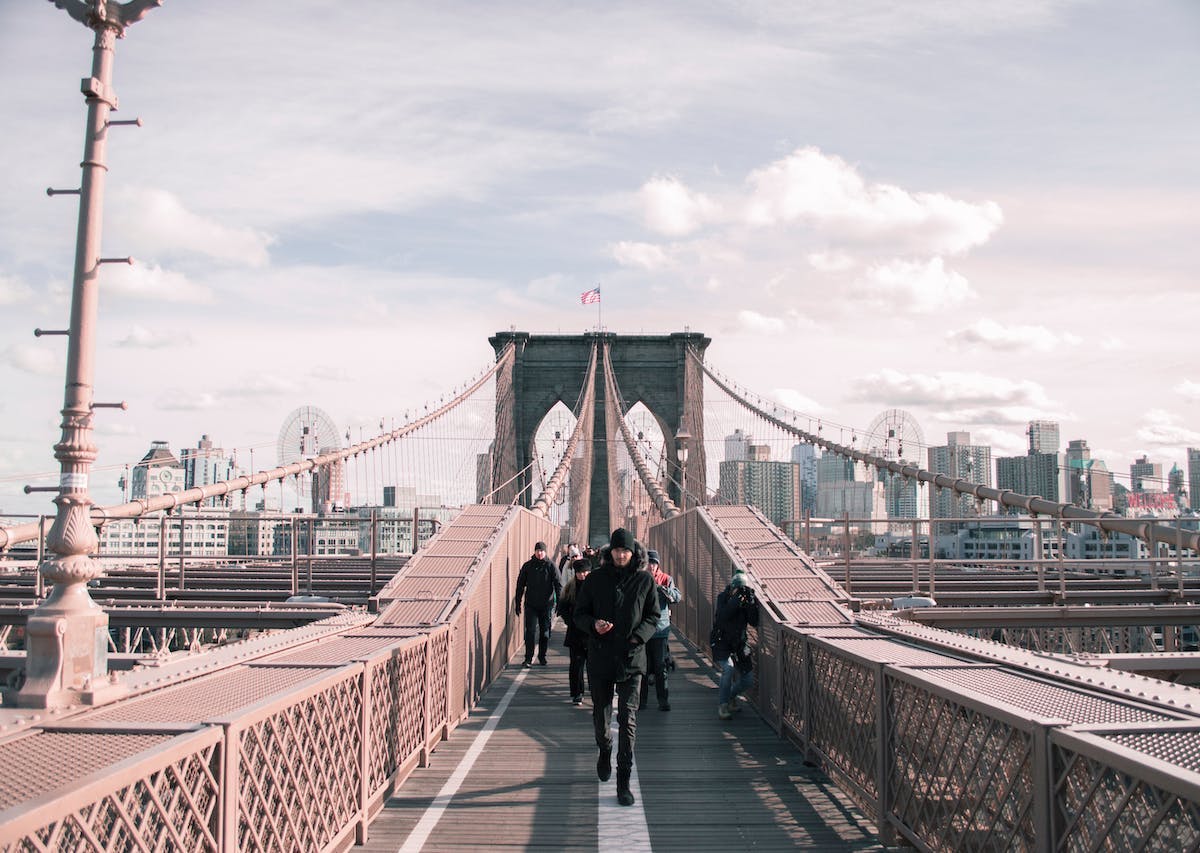
The Great Gatsby
Finally, Gatsby and Fitzgerald both are archetypal New Yorkers. Born and bred elsewhere, ambition drove them to New York City. They were eager to recreate themselves, to succeed, and to prove their worth.
While they both attained their dreams quickly, neither could savor them. Gatsby was destroyed at the height of his influence. But it was even worse for Fitzgerald: After his fame with Gatsby, he endured a slow, painful descent.
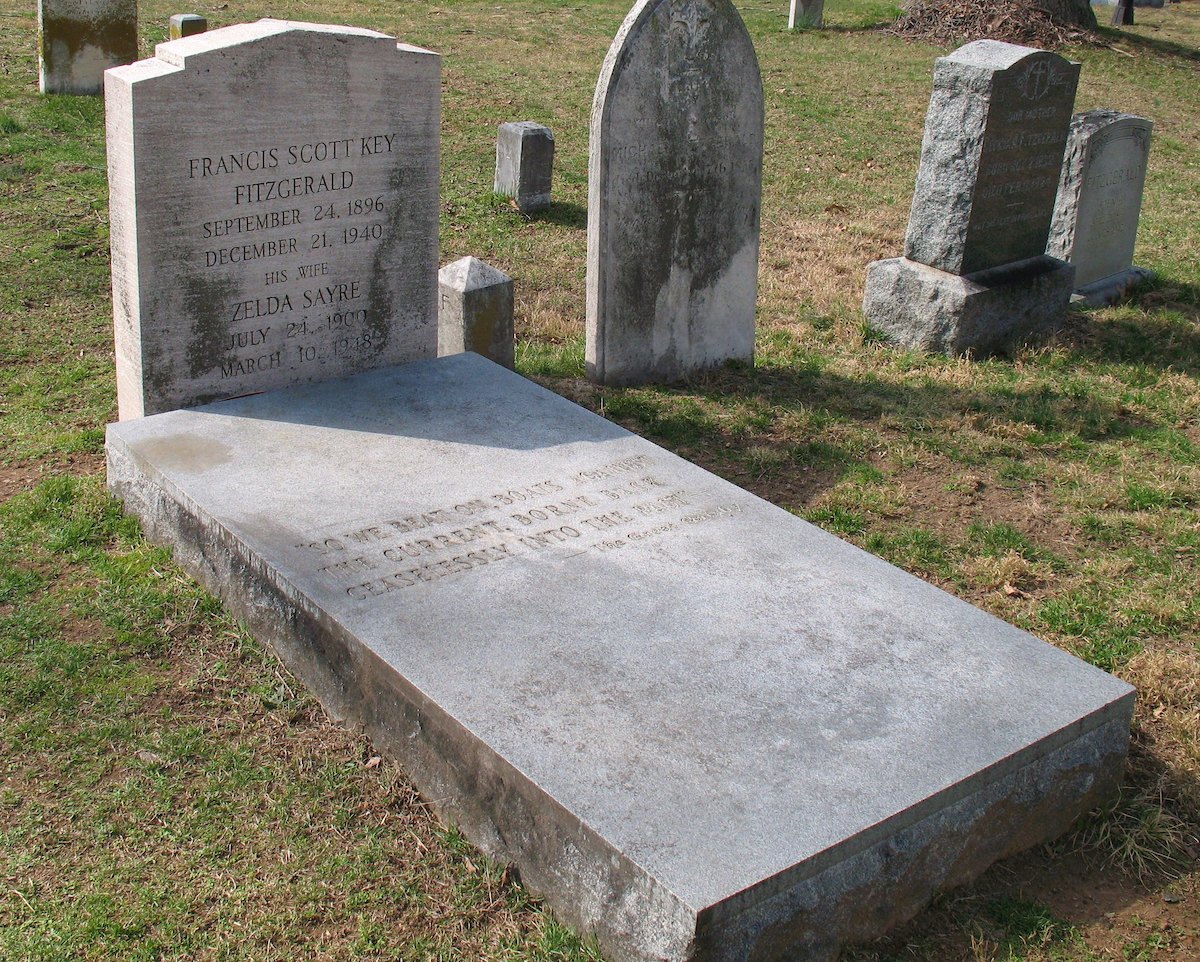
Update Notice: This post was updated on December 28, 2024.
Reading the many books based in New York City is one way to get the know the history, culture, and fascinating secrets behind one of the world’s most intoxicating cities. Another way to get to know NYC? By taking a walking tour of New York City. From food tours around some of the city’s most vibrant neighborhoods to learning about its most iconic monuments, our local guides will show you new insight into NYC.

